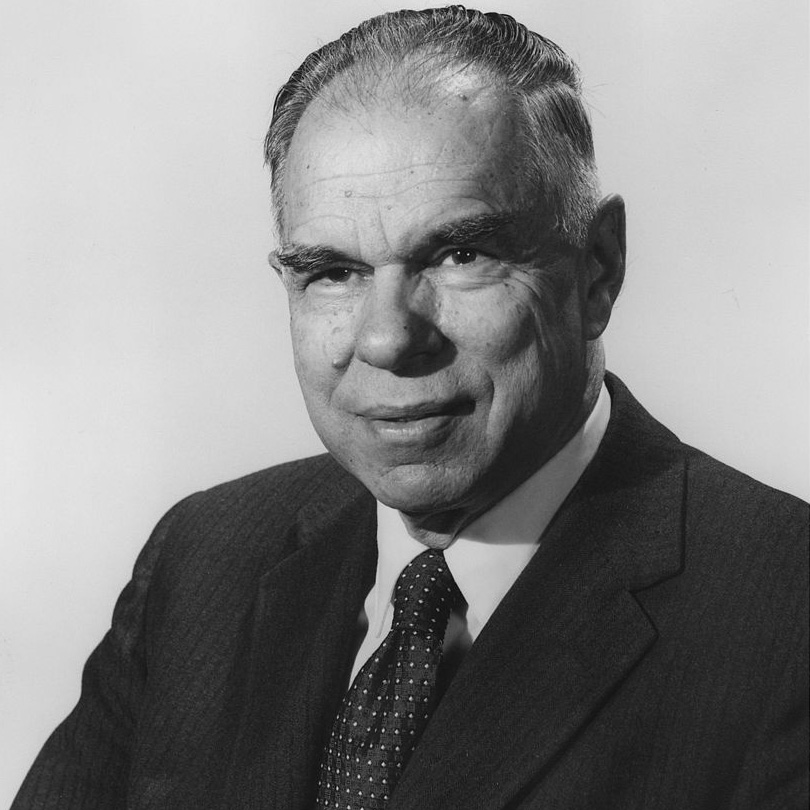Siborgij
106
Sg
Skupina
6
Perioda
7
Blok
d
Protoni
Elektroni
Nevtroni
106
106
156
Splošne lastnosti
Vrstno število
106
Atomska teža
[269]
Masno število
262
Kategorija
Prehodne kovine
Barva
n/p
Radioaktivno
Da
Named after Glenn Seaborg, American nuclear chemist and Nobel prize winner
Kristalna struktura
n/p
Zgodovina
Scientists working at the Joint Institute for Nuclear Research in Dubna, USSR reported their discovery of element 106 in June 1974.
Synthesis was also reported in September 1974 at the Lawrence Berkeley Laboratory by the workers of the Lawrence Berkeley and Livermore Laboratories led by Albert Ghiorso and E. Kenneth Hulet.
It was produced by collisions of californium-249 with oxygen atoms.
Synthesis was also reported in September 1974 at the Lawrence Berkeley Laboratory by the workers of the Lawrence Berkeley and Livermore Laboratories led by Albert Ghiorso and E. Kenneth Hulet.
It was produced by collisions of californium-249 with oxygen atoms.
Elektroni po lupinah
2, 8, 18, 32, 32, 12, 2
Razporeditev elektronov
[Rn] 5f14 6d4 7s2
There are 12 known isotopes of seaborgium
Fizikalne lastnosti
Faza snovi
Trdnina
Gostota
35 g/cm3
Tališče
-
Vrelišče
-
Talilna toplota
n/p kJ/mol
Izparilna toplota
n/p kJ/mol
Toplotna kapaciteta
- J/g·K
Zastopanost v Zemljini skorji
n/p
Zastopanost v vesolju
n/p

Zasluge za slike: Wikimedia Commons (Atomic Energy Commission)
The element is named after Glenn T. Seaborg, atomic pioneer and Commissioner of the Atomic Energy Commission
CAS številka
54038-81-2
PubChem CID številka
n/p
Atomske lastnosti
Atomski polmer
-
Kovalentni polmer
143 pm
Elektronegativnost
-
Ionizacijski potencial
-
Atomski volumen
-
Toplotna prevodnost
-
Oksidacijska stanja
6
Uporabe
Seaborgium is used for scientific research purposes only.
Seaborgium is harmful due to its radioactivity
Izotopi
Stabilni izotopi
-Nestabilni izotopi
258Sg, 259Sg, 260Sg, 261Sg, 262Sg, 263Sg, 264Sg, 265Sg, 266Sg, 267Sg, 268Sg, 269Sg, 270Sg, 271Sg, 272Sg, 273Sg